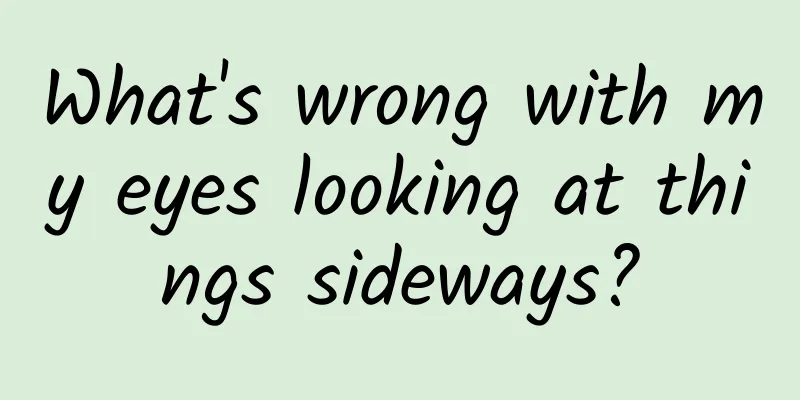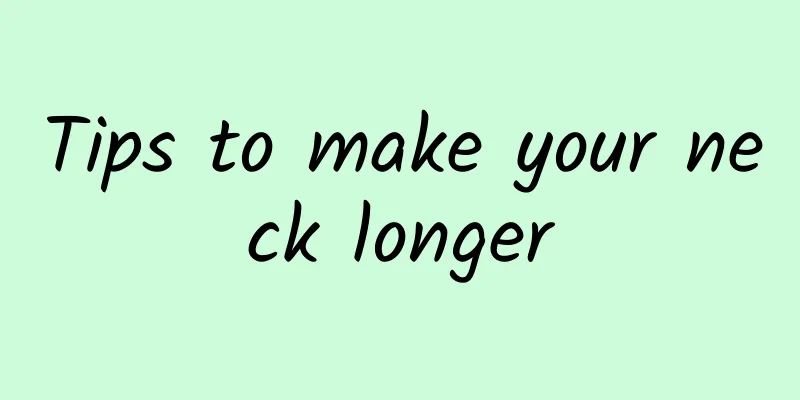What happens if wheezing is not treated?

|
Many babies develop coughs and wheezing after catching a cold. If the wheezing is not treated in time, it will cause the baby to suffer from bronchitis. Therefore, be sure to take the baby to the hospital in time to receive formal and professional treatment. The baby's wheezing may also cause asthma. Everyone knows that the harm of asthma is very great. Therefore, during the treatment of the disease, the baby's diet must be light and nutritionally balanced. Symptoms of bronchitis in children1. It is more common in children under 1 year old, especially in infants under 6 months old. 2. The disease can occur throughout the year, but is more common in winter and spring. 3. The onset is relatively acute, with early symptoms of a cold, such as coughing and sneezing. After 1-2 days, the cough worsens, and paroxysmal dyspnea, wheezing, pale complexion, cyanosis of the lips, and the three-recess sign appear. The early lung signs are mainly wheezing, followed by moist sounds. When symptoms are severe, they may be accompanied by congestive heart failure, respiratory failure, hypoxic encephalopathy, and water and electrolyte imbalances. The body temperature generally does not exceed 38.5℃ and the course of the disease is 1-2 weeks. 4. The white blood cell count is mostly normal or slightly increased. Blood gas analysis may reveal hypoxemia and decreased or increased partial pressure of carbon dioxide in arterial blood. Chest X-rays show thickened lung texture, increased translucency of both lungs or small shadows and atelectasis. If conditions permit, rapid virus diagnosis of respiratory secretions can be performed to identify the type of virus. What tests should be done for acute bronchitis in children? Chest rales may be coarse or fine and are mostly medium moist rales, mainly scattered in the lower chest. The rales may temporarily decrease after the secretions are coughed out. Occasionally, the breath sounds may be reduced due to excessive sputum accumulation in the bronchi, but they will return to normal after the sputum is coughed out. 1. Chest X-ray examination: thickened lung texture or normal lung texture with occasional thickening of hilar shadows. Severe bronchitis is difficult to distinguish from early pneumonia. If deep rales or crackles are heard and the rales do not decrease significantly after coughing, pneumonia should be considered and a chest X-ray should be performed to confirm the diagnosis. 2. Blood biochemical examination: The total number of peripheral blood leukocytes is normal or low. When the infection is caused by bacteria or combined with bacterial infection, the total number of leukocytes is increased and the neutrophilia increases. Treatment of bronchitis in children 1. Control infection: If acute bronchitis is caused by bacterial infection, the following antibacterial drugs can be used: co-trimoxazole 0.05/kg/day orally twice, penicillin 30,000-50,000 U/mg/day intramuscularly twice, medetomidine and erythromycin 30-50 mg/kg/day orally 3-4 times. 2. Symptomatic treatment (1) Relieve cough and eliminate phlegm: If the phlegm is thick and difficult to aspirate, you can use nebulizer inhalation and choose 10% ammonium chloride mixture, Bisouping, and Xiaoer Qiangli Tanling. Frequent dry coughs affect sleep and rest. You can take a small amount of antitussive drugs, but you should be careful to avoid overdose and prolonged use, which will affect the physiological activity of cilia and make secretions difficult to discharge. (2) Antispasmodic Aminophylline: 2-4 mg/kg/time, 3-4 times/day, orally. Salbutamol: For children under 6 years old, 1-2 mg/day, orally in 3-4 doses or 0.1 mg/kg/time, Salbutamol aerosol (0.5% 1 press = 0.1 mg), 1-2 presses/time, 2-3 times a day. If the wheezing is severe, prednisone 1 mg/kg/day can be added, taken orally in 3 divided doses, with a course of 4-7 days. Beclosan propionate aerosol can also be used. Local administration can reduce the side effects of systemic medication. It is not suitable for infants and young children who are difficult to cooperate. Children should take 1-2 presses (50μg-100μg) each time, 2-4 times a day. 3. Traditional Chinese medicine treatment (1) Antitussive and antiasthmatic: During the remission period, some Chinese herbal preparations for antitussive and antiasthmatic can be used, which can also alleviate the symptoms to a certain extent. (2) External application of medicine: When many infants and young children become ill, long-term medication may lead to some drug toxicity. The safety and convenience of applying Chinese medicine externally is also a good solution. 4. Massage therapy: Through traditional Chinese medicine massage techniques, children with bronchitis symptoms are given acupoint massage and massage to dredge the breath and achieve the therapeutic effect. |
<<: Does your child cough, wheeze, and have phlegm?
>>: Does your baby have wheezing sounds when breathing?
Recommend
Why do beans cause milk to return?
I often hear people from the older generation say...
2 sentences actually cured the stubborn cervical spondylosis
Cervical spondylosis is really annoying, causing ...
Quick treatment for mouth sores
Mouth sores are usually caused by getting too hot...
Pituitary tumor pregnancy
If a woman has a pituitary tumor, she cannot beco...
Gallstones Symptoms
Gallstones usually occur in the gallbladder. In f...
How long do people with mumps need to be isolated?
Children who are at school and have mumps will be...
What to do if the belt meridian is blocked
The blockage of the belt meridian is a common occ...
Why should Chinese medicine be taken hot?
When we take Chinese medicine, we usually heat it...
Is scalp venous malformation hereditary?
Venous malformations often appear on the face, on...
Treatments for sciatica
Any disease is very harmful to human health. Ther...
A man did it for five and a half years and lowered his blood pressure and blood sugar
Liang Shaochun, director of the Department of Int...
What are the effects and functions of chicken gizzard lining
Chicken is a common meat in our daily life, and i...
Closed comedonal treatment methods
Closed comedones, also known as closed comedones,...
Symptoms of urinary tract infection in baby girls
The most obvious symptom of urinary tract infecti...
What to do if dandruff is too much and too big
Healthy hair should be free of dandruff, which is...









